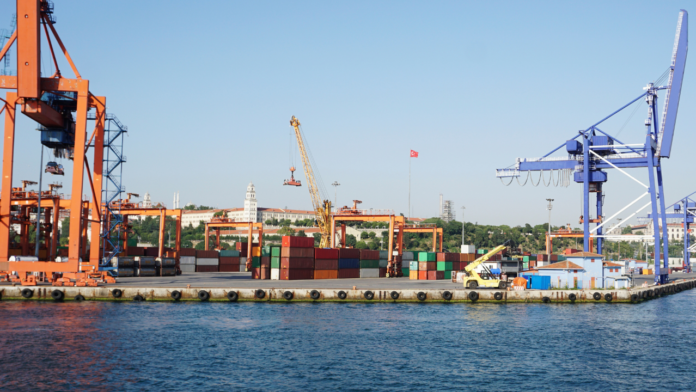According to a Mint report, the center is looking into raising the interest subsidy advantage to small and medium exporters in the annual budget 2023-2 to lessen the stress on MSMEs as a result of the tighter RBI monetary policy.
Due to a downturn in demand in important countries and the potential for a worldwide recession, Indian exporters are now having a difficult time. The newspaper quoted a government official as saying, “We are looking at the notion of boosting the interest subsidy rates since exporters are bearing the burden of high-interest rates and weakening worldwide demand.
In this context, the federal government is analyzing the cost to the exchequer of increasing the interest subsidy for micro, small, and medium firms from 3% to 5%. The center is looking at raising the two percent threshold to three percent for manufacturer-exporters and merchant-exporters who export under 410 tariff lines, according to the article.
Regarding the concerns expressed by exporters, the department of commerce has spoken with the finance ministry about the idea, it was stated.
Also Read: Is the insurance industry prepared to meet the needs of SMEs?
The cost of the exercise is calculated by the department of commerce. Another government source stated, “We are debating the request to reinstate the Interest equalization rates of 5% for MSME exporters and 3% for those dealing in 410 specific tariff lines.
Notably, the repo rate was raised to 6.25 percent on December 7 by the monetary policy committee, which is chaired by the Reserve Bank of India (RBI). The policy rate increased for the seventh time in FY23, reaching its highest level since August 2018.
Additionally, the lending rate for many MSME exporters has already surpassed the double-digit threshold and is hovering between 11% and 13%, according to the survey. “We anticipate significant increases in interest rates in the upcoming several months or so. Since the cost of credit has surpassed the pre-covid level and is already affecting exporters, it is important to reinstate the interest equalization benefit of 5% for manufacturer MSMEs and 3% for all 410 tariff lines as it was previous to October 2021. All service exporters and all merchant exporters may be eligible for the interest equalization advantages, according to Ajay Sahai, director general and chief executive officer of the trade advocacy group Federation of Indian Export Organizations (FIEO).
The Interest Equalization Scheme, which primarily targets industries with high labor costs including clothes, toys, and auto parts, enables exporters to obtain finance at a lower rate. Exporters are pressuring the government to reinstate the interest equalization advantages as a result of the increases in interest rates.
Also Read: Contributing to the Growth of SMEs
With general interest rates down and MSMEs receiving loans at 7–7.5% percent over the past two years, the government cut the interest equalization benefit for MSME manufacturers from 5% to 3%. However, the exporters said that MSMEs were paying interest rates for loans of around 10%, which is much higher than the pre-covid level. Exporters expressed concern about the high-interest rates, saying they expect the cost of borrowing to continue to grow.
In the meantime, the amended budget shows that the government has allocated Rs 2,621 crore for the Interest Equalization Scheme for FY23, down from Rs 3,151 crore for FY22. The interest equalization plan for pre- and post-shipment rupee loans for MSME exporters was extended by the central bank from March through March 2024.
The World Trade Organization (WTO), a multinational commerce organization with headquarters in Geneva, predicted that amid worldwide unrest, global trade would expand by just 1% in 2023, a significant decline from the prior prediction of 3.4%.

